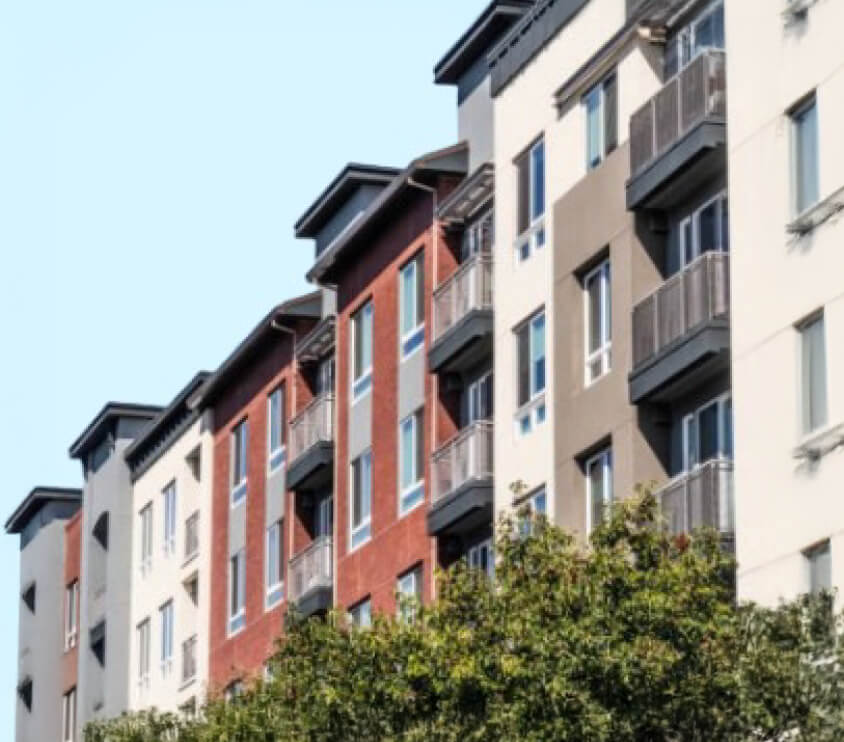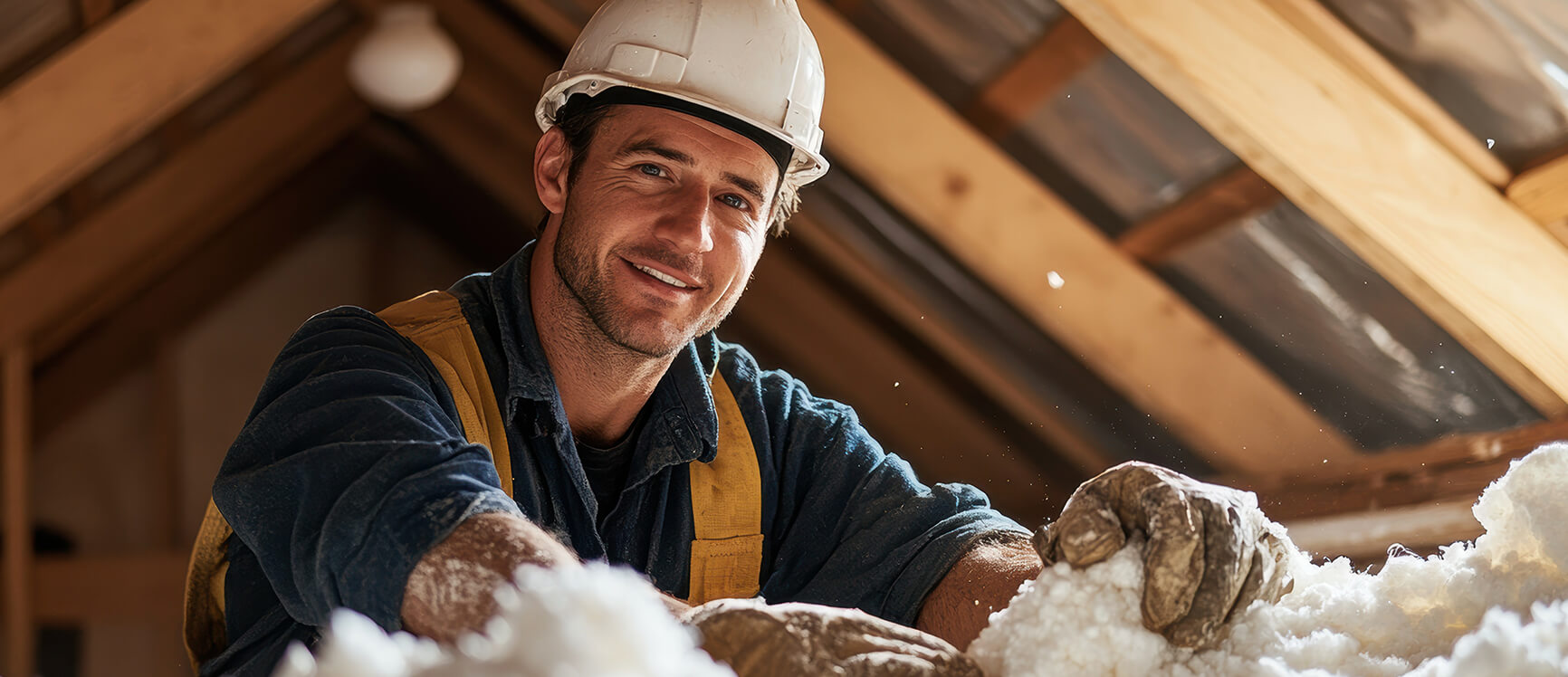Buildings: Residential and Commercial
Behavioral Science to Encourage Energy Savings in Buildings

Unlocking Buildings' Energy-Saving Potential
Many behaviors can be changed in buildings to reduce energy consumption. These can range from repeated, minor actions, like washing laundry in cold water, to larger one-time behaviors, like investing in energy upgrades. Residential building owners, single or multifamily, can do each. Renters can encourage their landlords to take advantage of energy upgrade rebates and tax credits (or do it themselves!). Residents and building operators can be trained to spot and act on energy efficiency opportunities. A campaign can be created to get workers to save energy at their places of business. Whether it’s changing messages or changing systems, BEAR Hub can provide the support you need.
Have a buildings program you'd like to talk to us about?
Apply for our technical assistance program!
Case Study from Buildings
This case study demonstrated BEAR Hub's five-step approach for applying behavioral science.

